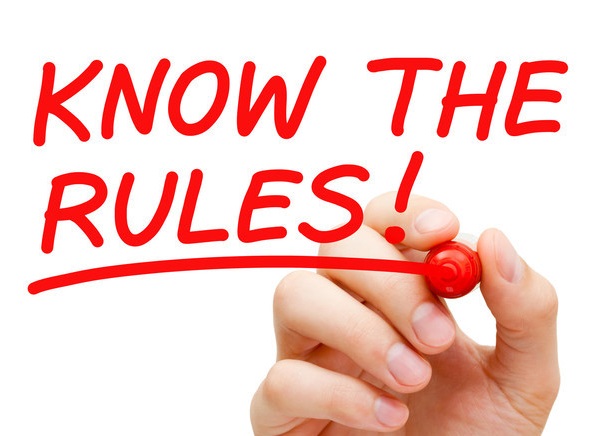The web design industry is in the process of cleansing away everything that’s redundant. Users prefer a browsing experience that’s less clumsy and less cluttered. A site burdened with design elements fails to provide them with such an experience.
Designing a clean website is simple if you play by the rules. Here are the rules:
#Rule 1: Use graphic photographs. This might come as a surprise as there are many clean websites, with non-photographic graphics on them, such as line art, typography, etc and they are getting an impressive number of visits every month.
But that’s the very reason you need to use graphic photos; since those websites are your competitors, getting a competitive edge lies in doing something that they aren’t doing, which in this case, is adding gripping photographs alongside regular graphics to your site. There are simple tips that help you create graphic photographs. Albeit the tips, shared by experts are for professional photographers, but you can also try them out.
#Rule 2: Usability should be your top priority. Make sure the design and usability aspects are not in a loggerhead. Sites with complex and clumsy design hinder users from browsing with ease. The users face a hard time identifying the navigation items, and too many elements distract them. As a result, they fail to separate the crucial aspects of the site from trivial aspects.
As your site moves up on the usability graph, its cleanliness increases. The address bar, the menu bar, the navigation, the header area, and the footer area all look prominent. A visitor landing on the site finds it easy to interact with it and quickly comprehend the message that the site delivers.
#Rule 3: Colors reflect emotions. Oftentimes, designers keep the site black and white because it bodes well with the minimalist trend. However, it’s not necessary as you can try even rainbow colors, yet guarantee cleanliness.
Keep in mind the colors you are applying on the site should resemble the emotions that your site is highlighting. For example, the color blue makes us feel nostalgic, the color red exhibits extremity. There’s a psychology of colors that explains how colors represent emotions.
#Rule 4: A lot depends on wireframes; the symmetry of a clean website relies heavily on a wireframe. As the site doesn’t have too many design elements, users focus on the content right when they land on it. Wireframes account for balance and alignment, ensuring the hierarchy of texts, and a perfectly structured appearance of the site.
Whether it’s a minimalist showcase or a brand’s website, enough white space with horizontal or radial symmetry account for best use of wireframes, and it can make the site look clean. Developing wireframes for a clean website takes less time because the site has a simplistic interface.
#Rule 5: There’s cut-throat competition in the market; all sites want the flow of visitors to keep coming in. But since it’s a competition, only some selected sites get the traffic, and others keep wishing for it.
A focal point helps a site attract visitors. A clean website is perfect for a focal point. As there are only a few design elements on the website, the focal point appears even more prominent; this way, a user’s attraction easily falls on it. Designers work on the focal point at the time of preparing the wireframe blueprint.
#Rule 6: The site shouldn’t look cluttered and messed because of content. Too much content on the homepage might be distracting. Now, you may wonder whether this suggestion makes any sense because the online marketing industry has lately been endorsing content marketing.
Well, it doesn’t deviate from content marketing principles. The essence of content marketing is promoting a site in terms of words. Being voluminous is not essential for the content. A short line can help a site’s marketing needs go a long way. So keep the content simple, succinct, concise and make it reflective of your site’s theme. This way, both the design and content would be appealing.
Follow the rules
Remember, the marketing and design verticals have changed inasmuch as the existing techniques cannot coexist with the erstwhile techniques. This makes your work difficult as a designer because you’d have to speculate the upcoming techniques and perform accordingly. Unless you follow the rules stated in this article, you’d always be one step behind.
Image Courtesy: www.allegex.com




